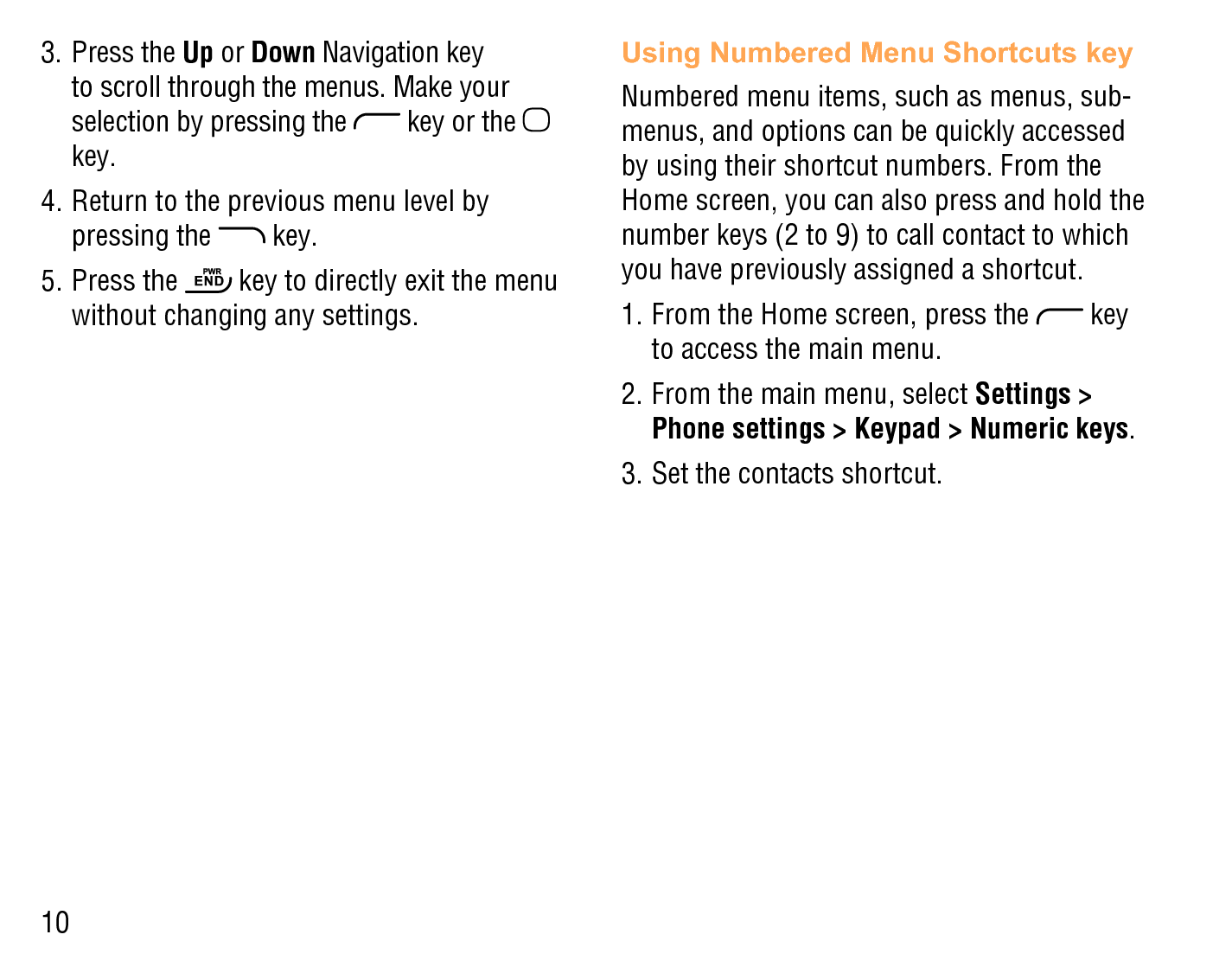

The study begins with a literature review of available switched converters, after which the presented topology is selected.

The model significantly reduces the simulation time of the experiments performed, with up to a 4450-fold decrease in simulation times with respect to the original switched DC-DC topology. The aim of this paper is to present a new bidirectional DC-DC linearized converter model for use in power demand and recovery units mainly used in Lightweight Electric Vehicle applications. 5 represents additional electrical variables of the Smart-Grid in a second experiment: voltages at both sides of DC/DC converter (battery and DC motor), battery charge (Batter圜harge) and duty cycle (Dut圜ycle) of the DC/DC converter. This figure additionally represents the angular velocity of the motor (omega). The power flow can be deduced from the sign of the electrical intensity in variables DC Converter CurrentToBattery (current from DC converter to battery) and DC Converter CurrentToDCMotor (current from DC converter to DC motor) represented both in in Fig. Power flow in the DC/DC converter is inverted and now directed from brake (DC motor) to battery. From 10s onwards, while the motor behaves as a regenerative brake, the inertial load is decelerating. This is the basic principle of the regenerative brake, although a more complex arrangement is usually required to implement a complete fully functional regenerative brake.

#MATHMOD USER MANUAL GENERATOR#
After 10s the DC converter power flow is switched back to battery, and the motor begins to work as a generator releasing power from the mechanical subsystem to the electrical one, that is, acting as a generator. In this time interval, due to the DC motor electrical power flow a mechanical torque is applied on the inertial load that is accelerated to a maximum angular velocity. In both experiments, during the first 10s the battery is discharging against the DC motor through the DC/DC converter. 4 (1st experiment) and 5 (2nd experiment), in which power flow directions inversions are present. Simulation results of two experiments in this configuration are presented in Figs. Schematic diagram of DC motor working as a motor and a regenerative brake.


 0 kommentar(er)
0 kommentar(er)
